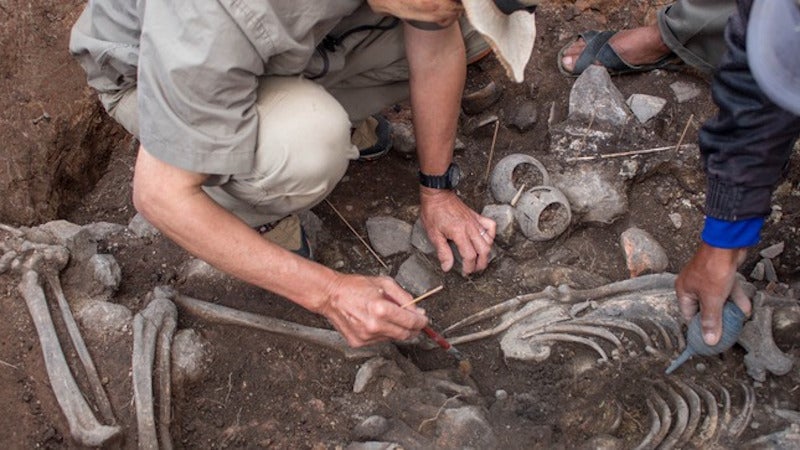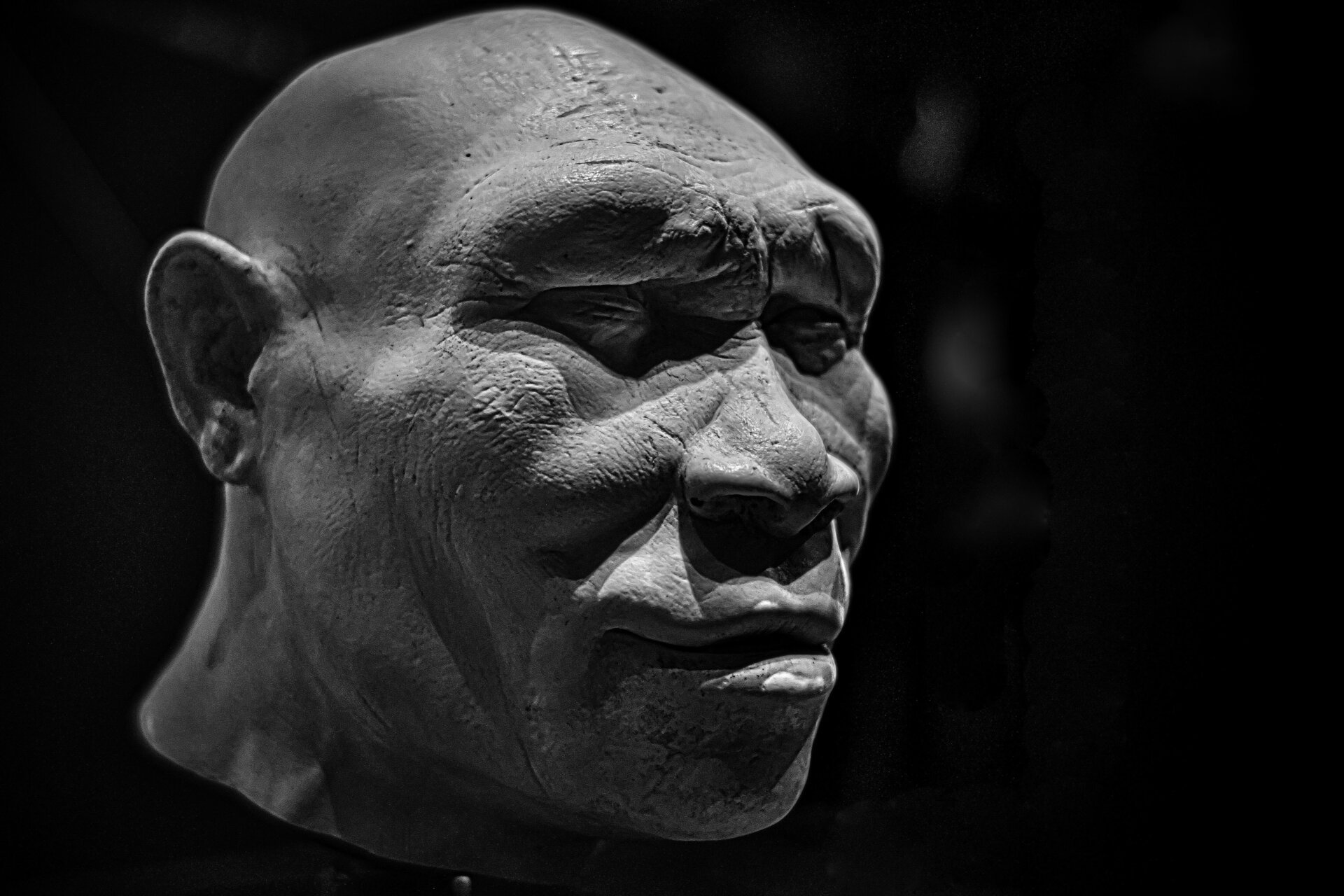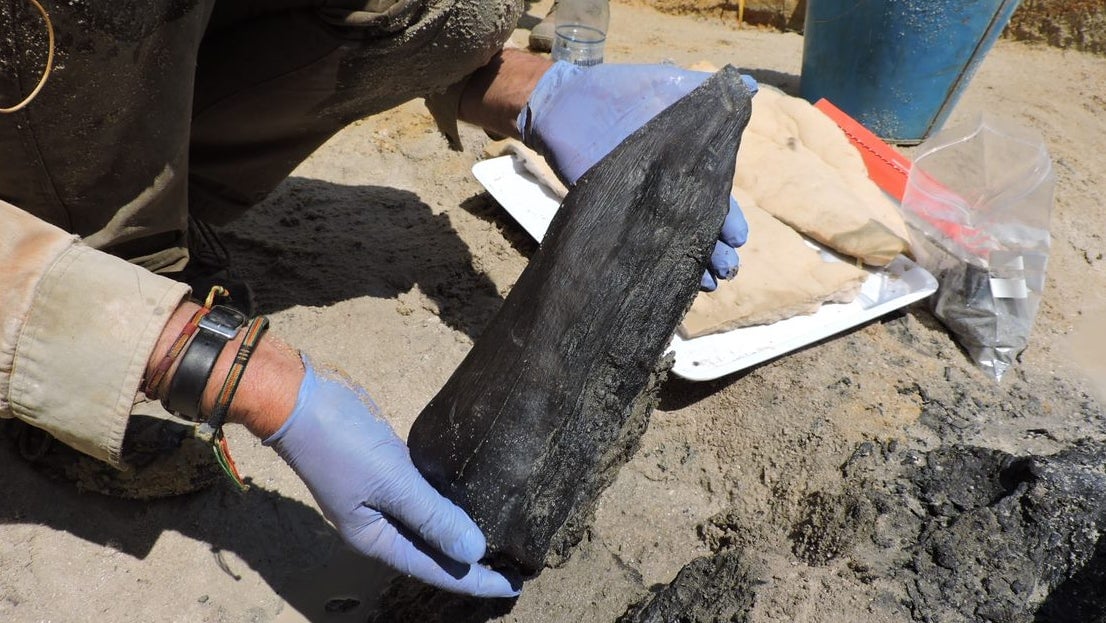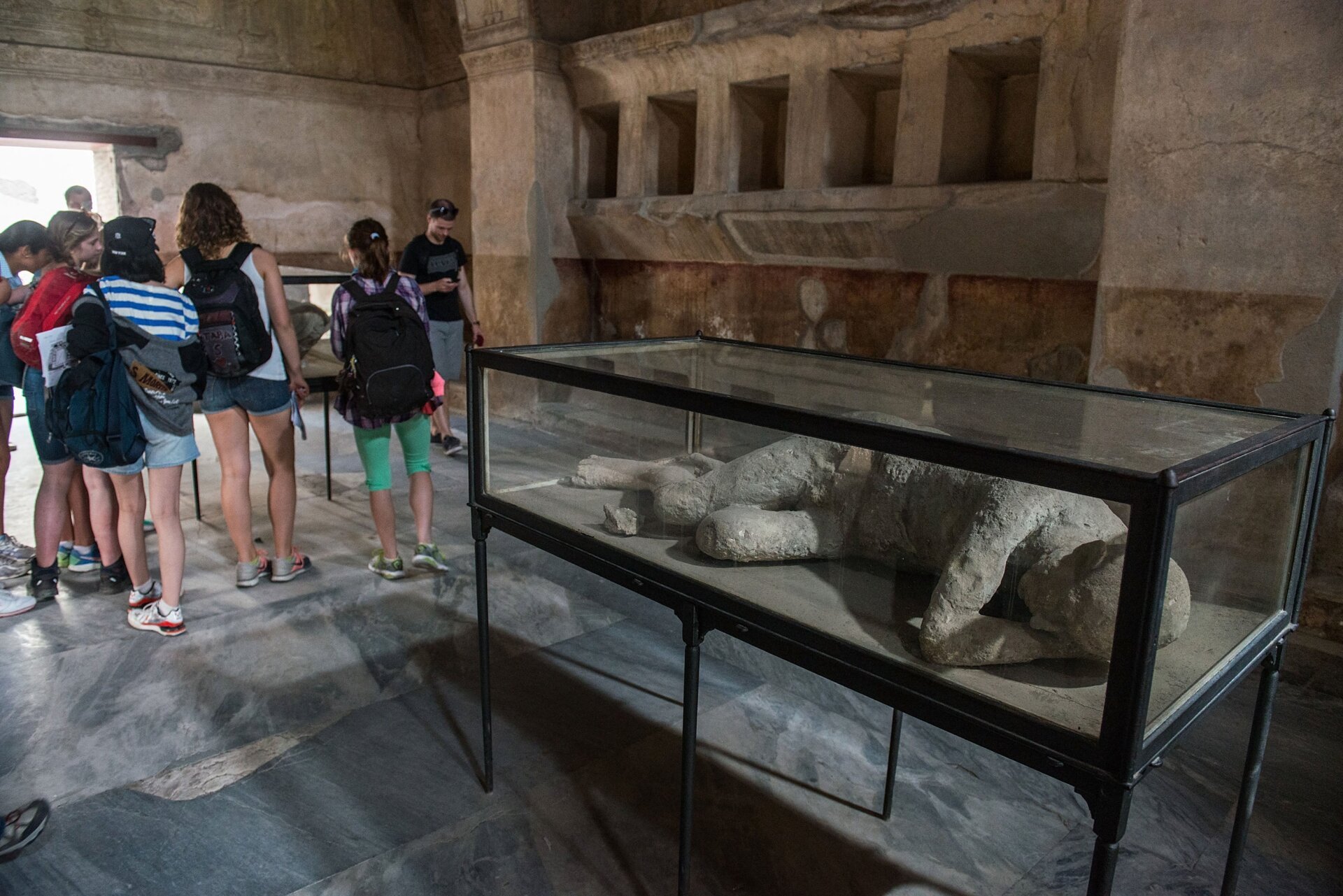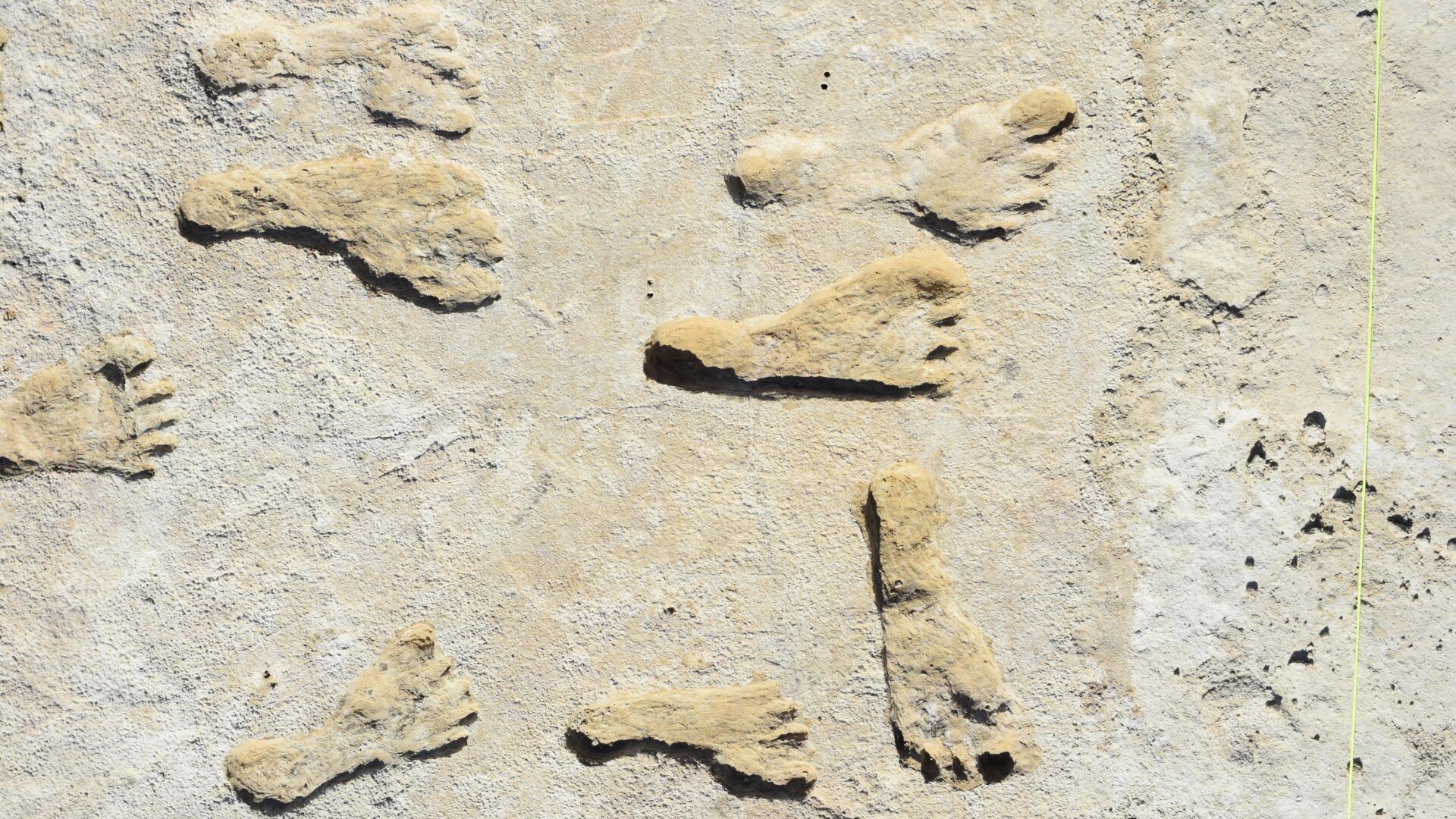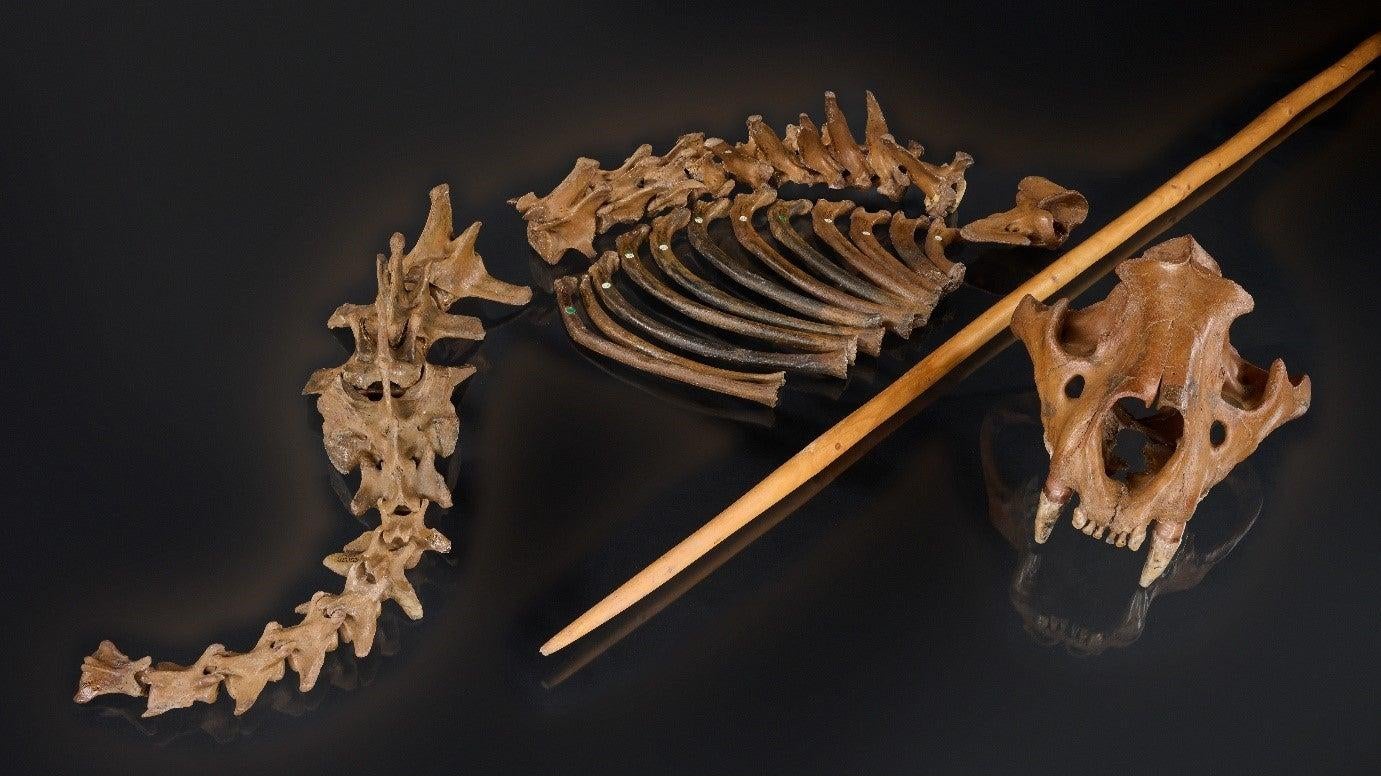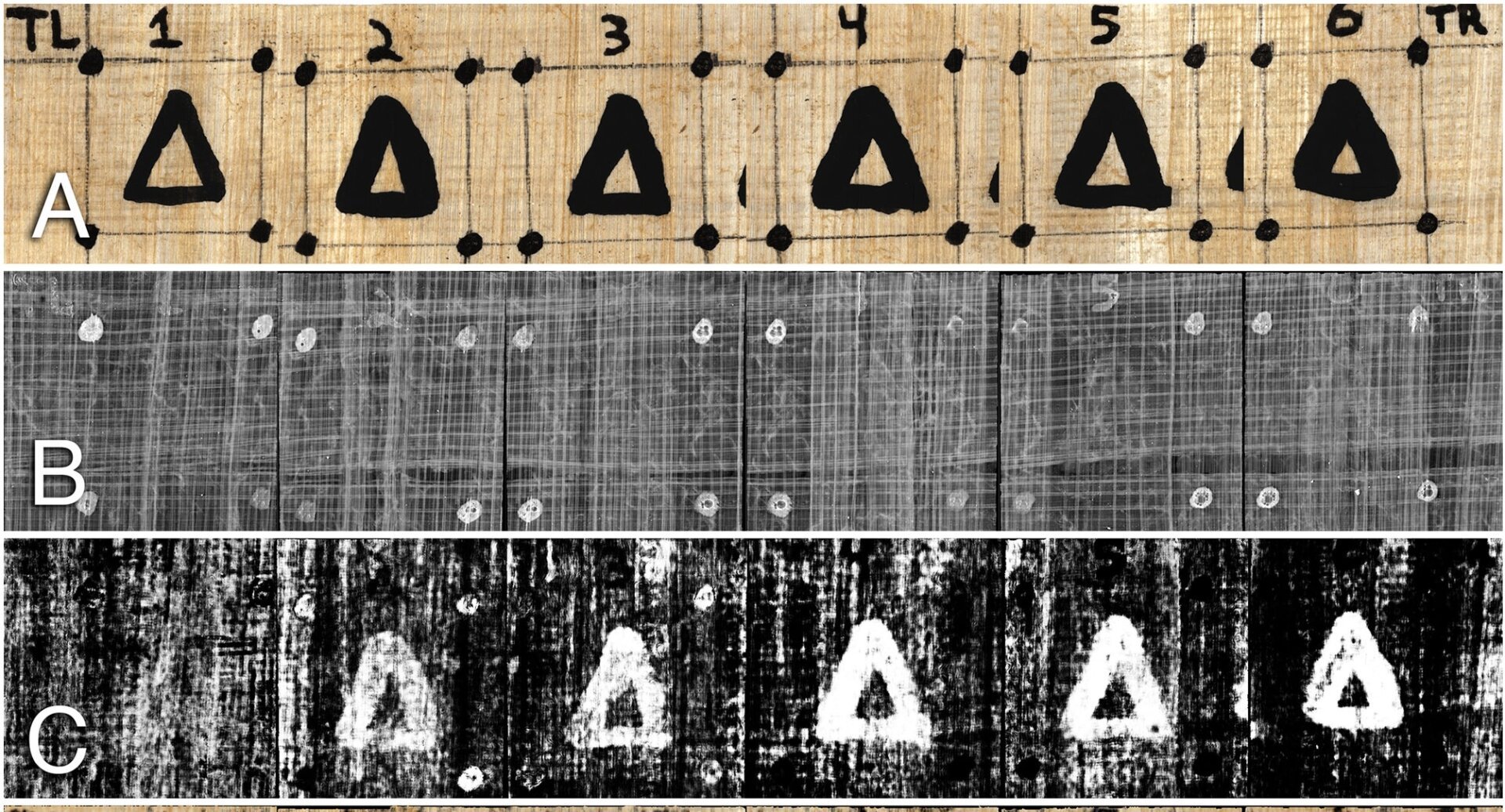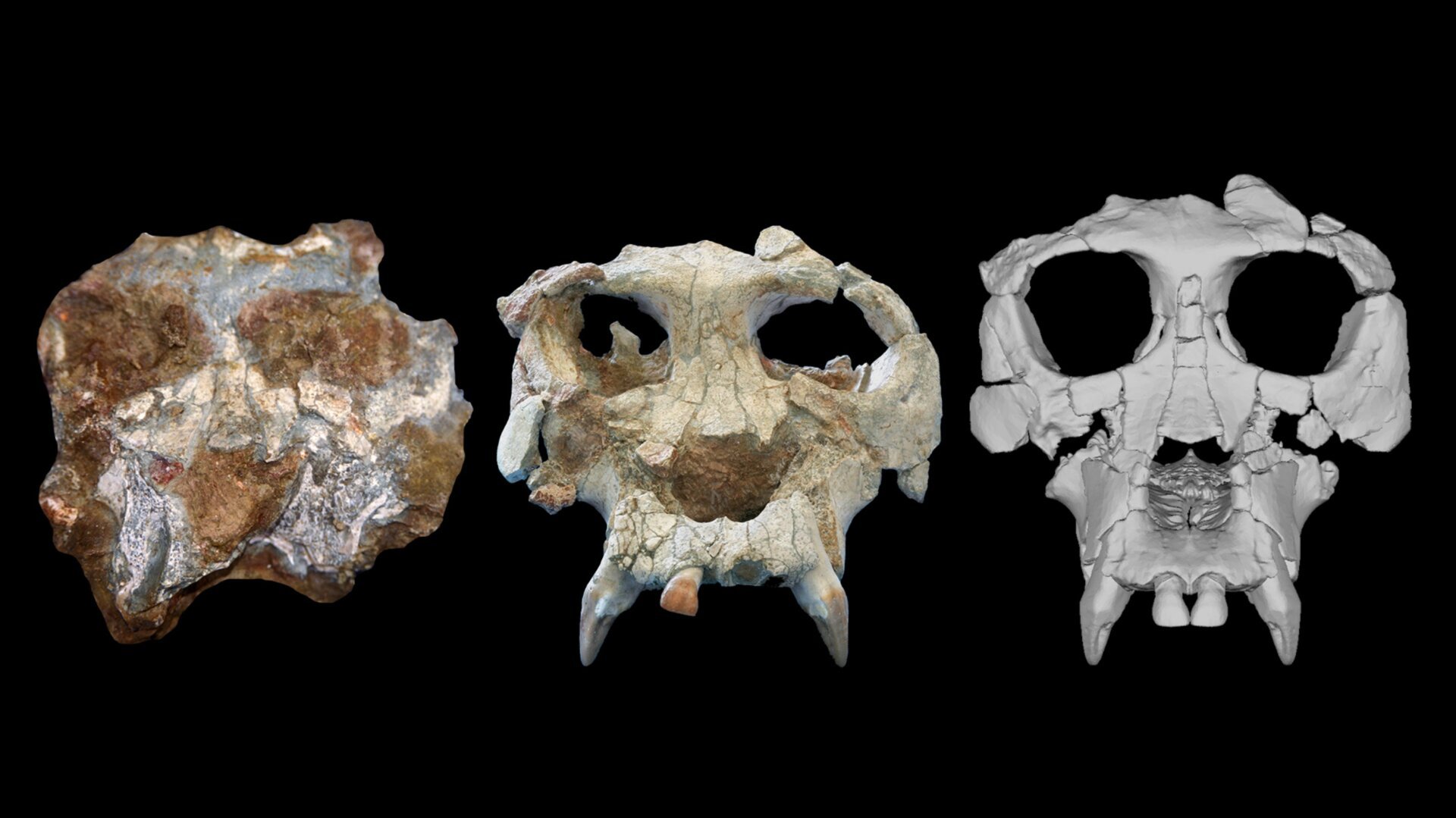A joint Japanese-Peruvian archaeological team has unearthed the 3,000-year-old remains of a suspected priest at the Pacopampa archaeological site in Peru’s Cajamarca region, approximately 560 miles (900 kilometers) north of Lima. Located high in the Andes Mountains at an elevation of 8,200 feet (2,500 meters), Pacopampa was a significant center for the Chavín culture, a pre-Inca civilization that flourished in Peru during the first millennium BCE.
A Significant Find in the Andes
The Pacopampa site is renowned for its nine monumental stone structures, intricate carved stone artwork, and ceremonial platforms. These include a large stela featuring anthropomorphic figures (currently on loan to the Metropolitan Museum of Art in New York) and a feline figurine. This latest discovery adds another layer to our understanding of the site’s importance.
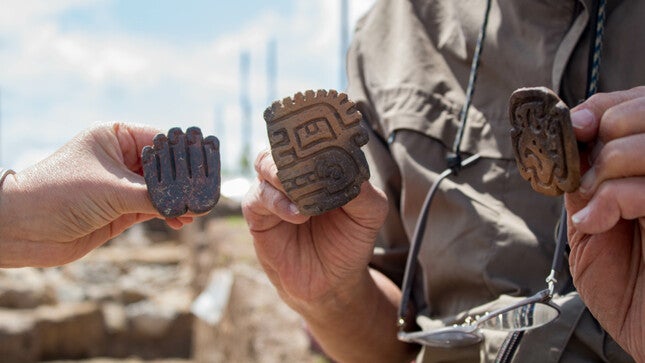 Several carved stone figures found on the site. Photo: Ministerio de Cultura
Several carved stone figures found on the site. Photo: Ministerio de Cultura
Yuji Seki, an archaeologist from Japan’s National Museum of Ethnology who has been working at Pacopampa for 18 years, told AFP that the find is crucial because the individual is believed to be one of the earliest priests to control the temples in the northern Andes. This suggests a complex social structure and religious hierarchy within the Chavín culture.
Uncovering the Priest’s Burial
The priest’s skeleton was discovered in a circular tomb, buried beneath six layers of earth and ash. The tomb, measuring 10 feet (3 meters) wide and 3.3 feet (one meter) deep, also contained several artifacts, including small ceramic bowls, a carved bone spatula, and two seals adorned with an anthropomorphic face and a jaguar design.
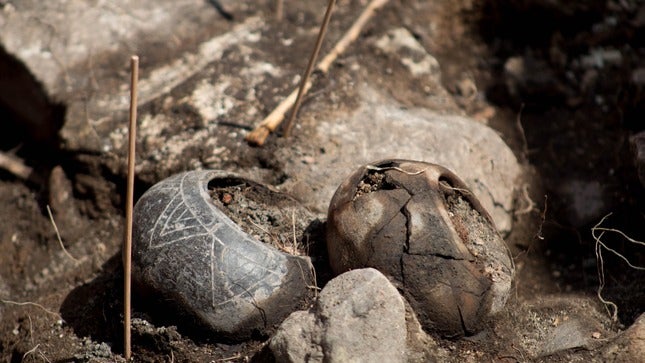 Two small bowls found among the grave goods. Photo: Ministerio de Cultura
Two small bowls found among the grave goods. Photo: Ministerio de Cultura
Seki, in a video released by AFP, observed that the skeleton appears to be that of an adult male. He pointed out the presence of a broken bowl or vessel near the skull and two smaller vessels near the left arm. These grave goods offer valuable insights into the rituals and beliefs of the Chavín people.
Pacopampa: A Hub of Ritual and Power
This isn’t the first priestly burial discovered at Pacopampa. In September 2022, the team uncovered another tomb containing musical instruments crafted from conch-like shells. In 2015, the remains of two “Jaguar Serpent” priests, dating back roughly 2,700 years, were also found. These discoveries solidify Pacopampa’s status as a major ceremonial center for the Chavín culture.
Evidence of Violence in the Ancient Community
Previous research, involving analysis of 104 individuals who lived in the Pacopampa area between 1200 BCE and 500 BCE, has revealed evidence of violence within the community. Some skeletons showed signs of cranial and limb fractures, as well as dislocated limbs, suggesting both interpersonal conflict and potential ritualistic practices.
Further Excavations and Future Discoveries
Continued excavations at Pacopampa promise to reveal more about the Chavín culture and the people who inhabited this significant site millennia ago. With each new discovery, we gain a deeper understanding of their complex social structures, religious beliefs, and the challenges they faced.



